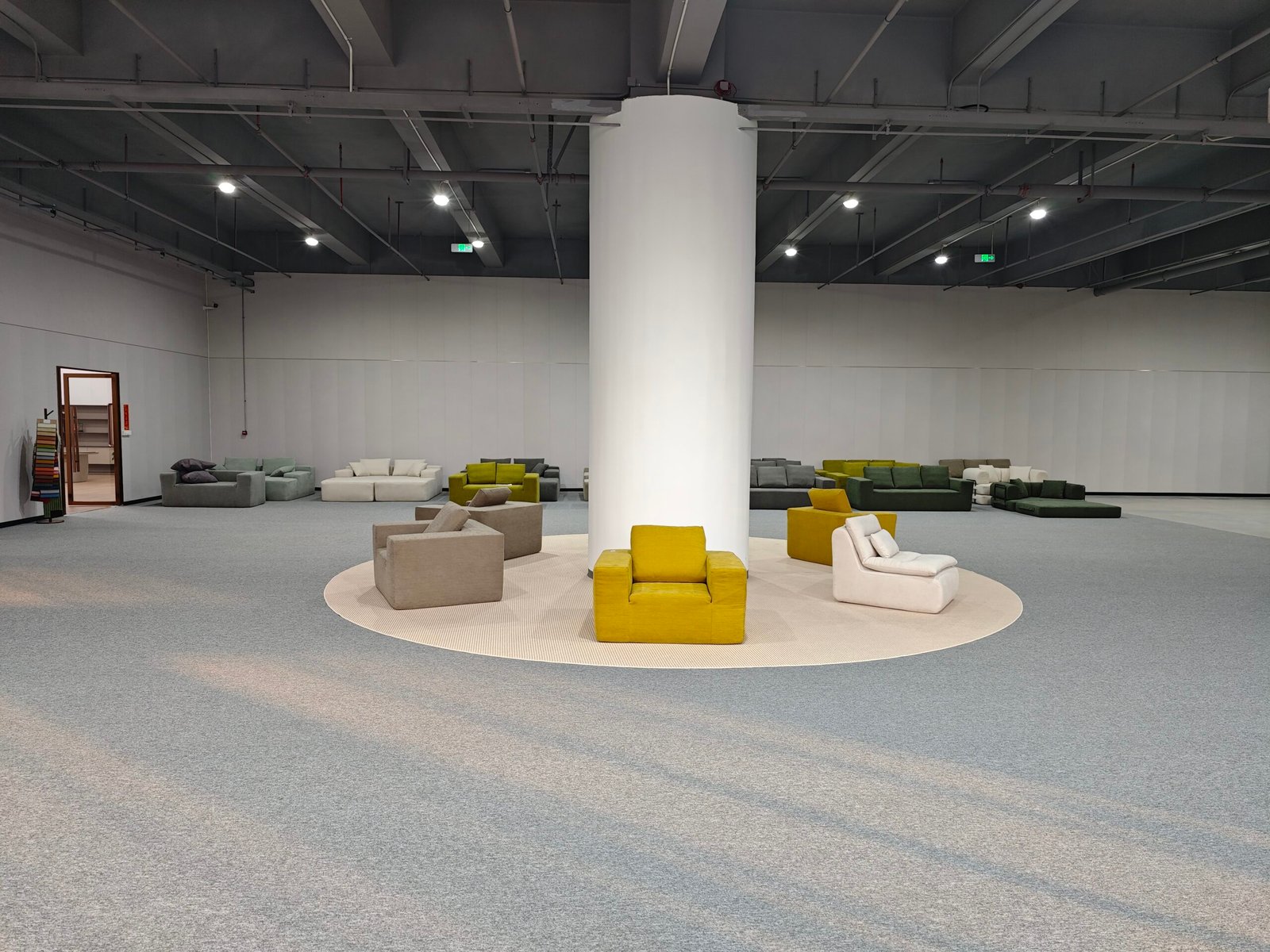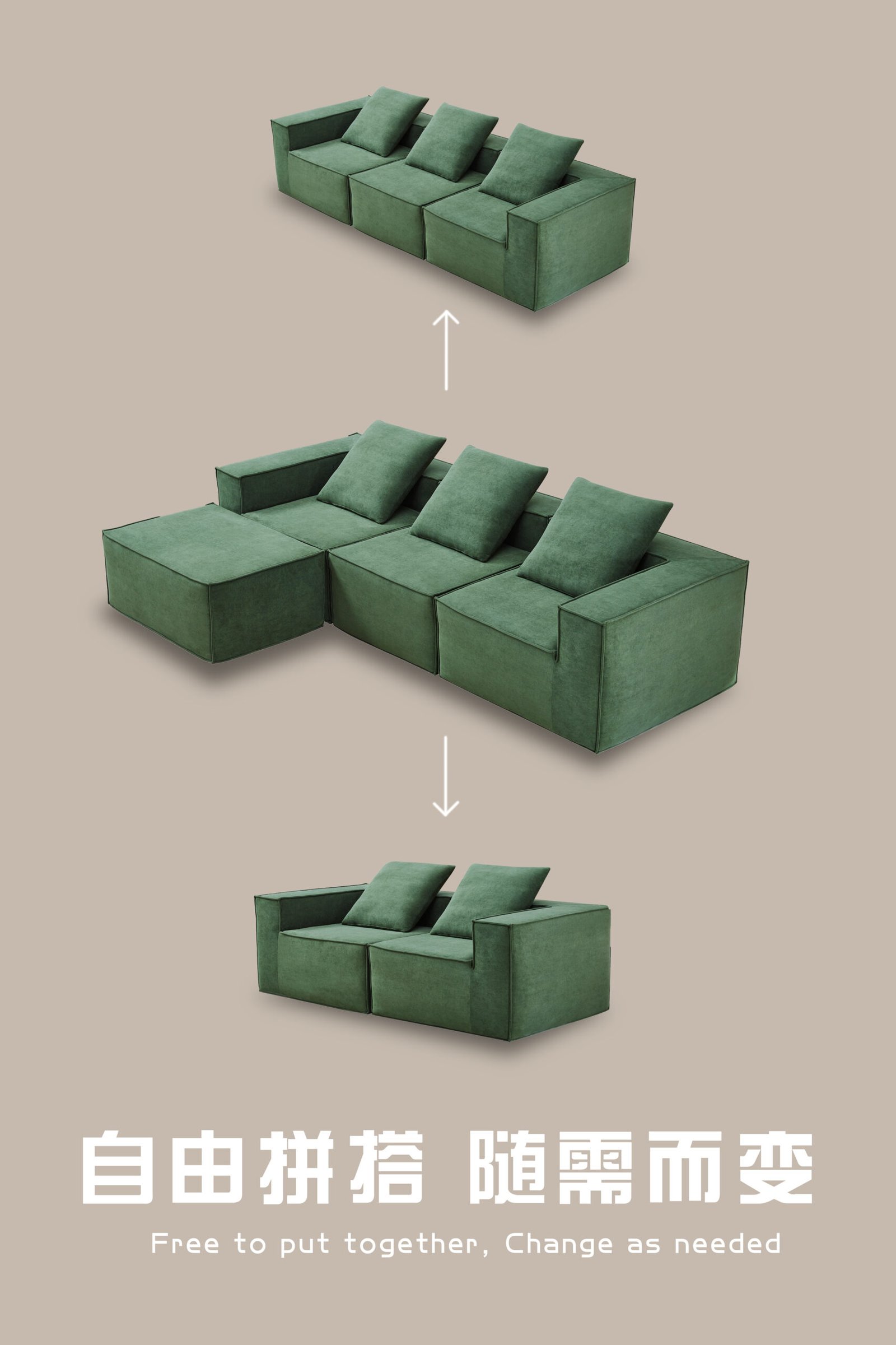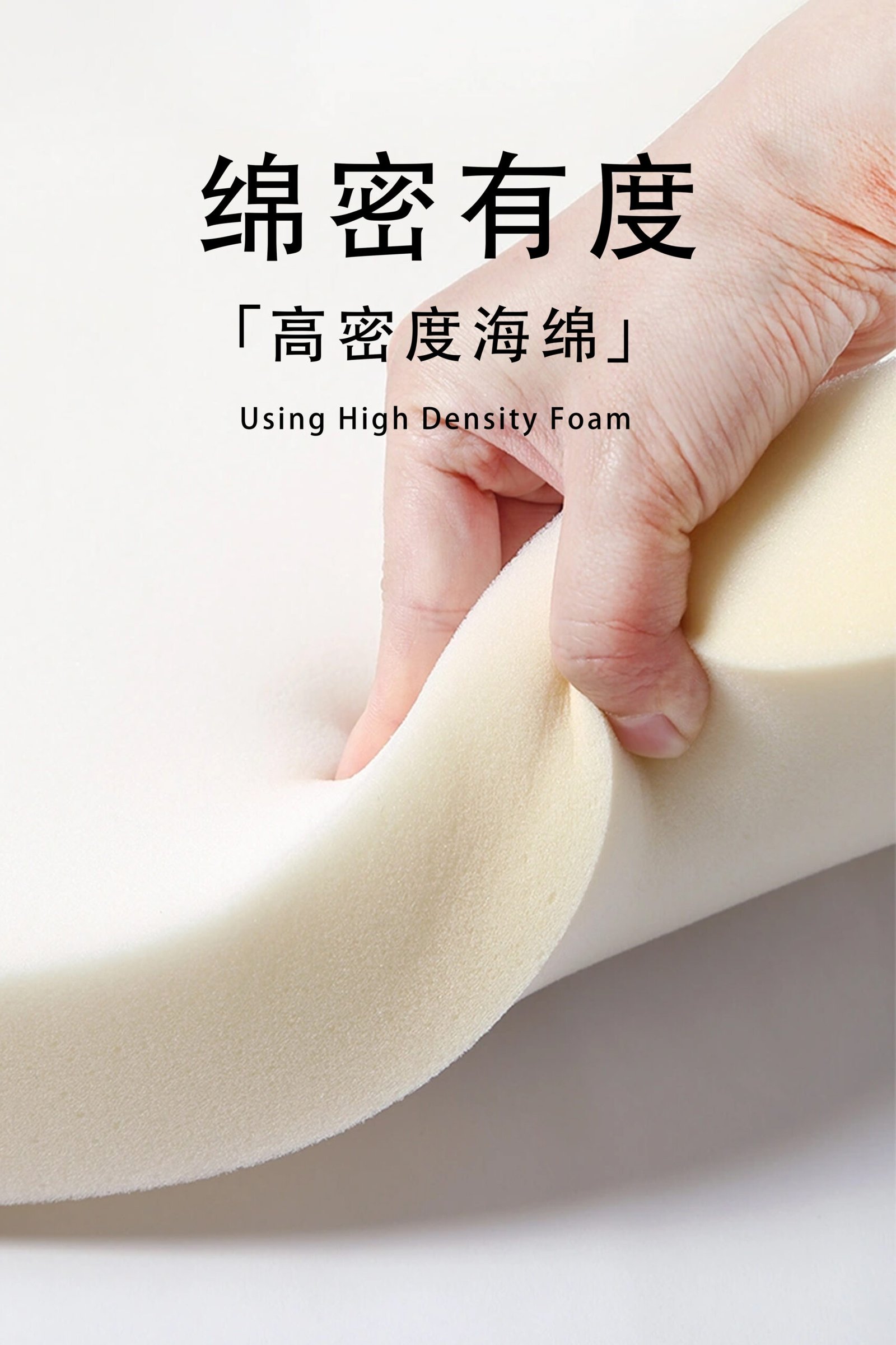
Too small, and it looks awkward. Too big, and it eats your space. Choosing the right compression sofa size can feel like a guessing game.
To choose the right compression sofa size, you need to measure your space, define its purpose, count your users, and match dimensions to your room layout for a balanced, functional fit.
Whether you're furnishing a downtown condo or curating pieces for resale, getting the size right is the first step to happy customers—and a beautiful living space.
How much space do you really have?

Eyeballing it isn’t enough. You’d be surprised how often people misjudge their space.
Always start by measuring the room dimensions—length, width, and available height. Then subtract walkways, door swings, and other furniture zones.
In my own warehouse showroom, we use a simple formula: sofa length should never exceed 70% of the main wall. This keeps the room from feeling cramped.
Basic measuring checklist:
- Room width and length
- Door and hallway clearance
- Distance from windows or vents
- Recommended walk space: 24–36 inches around sofa
Use painter’s tape or room planning apps to map the footprint on your floor. This simple step prevents costly returns and layout headaches.
What’s the sofa going to be used for?

Buying a sofa without knowing how it’ll be used is like buying shoes without knowing where you're going.
The purpose of the sofa affects its ideal size—lounging, sleeping, entertaining, or everyday family use all demand different dimensions.
Size guidelines by use:
| Purpose | Recommended Sofa Size |
|---|---|
| Solo lounging | 140–180 cm width (loveseat) |
| Family seating | 200–250 cm width (3-seater) |
| Guest sleeping | 180–220 cm with pull-out or fold |
| Modular hosting | Sectional 250–300+ cm |
If it’s for occasional use, compact models are fine. But if it’s the “main event” in the living room, you’ll want something roomy, with enough depth to stretch out.
How many people need to sit—comfortably?

“Technically fits 3” isn’t the same as “comfortably seats 3.”
The number of users—and their daily habits—should guide your seating capacity and sofa size.
We recommend 60 cm per person as a minimum for comfortable shoulder room.
Common seating size chart:
| Users | Sofa Width Needed |
|---|---|
| 1 | 120–140 cm |
| 2 | 160–180 cm |
| 3 | 200–220 cm |
| 4+ | 240 cm and up |
Also think about shared usage: will pets, kids, or guests regularly share the space? Oversizing slightly can increase comfort and extend sofa life.
How deep should your sofa be?

Depth determines whether your sofa is a lounge throne or a perch.
The ideal seat depth depends on user height, intended use, and room size. For most homes, 55–65 cm is the sweet spot.
Seat depth guide:
| User Profile | Ideal Seat Depth |
|---|---|
| Petite/Shorter | 50–55 cm |
| Average Adult | 55–60 cm |
| Taller Adults | 60–70 cm |
| Lounging + Naps | 70+ cm |
If the room is small, go for shallow depth + taller back. It keeps the look airy without losing support.
Does the sofa size match the room’s visual balance?

Even if a sofa technically fits, it may throw off the room’s design.
Choose a size that complements other furniture, leaves space for movement, and feels proportional to your walls and ceiling height.
- In narrow rooms, opt for long, low-profile sofas
- In square rooms, use L-shaped or modular sofas
- In open layouts, let the sofa define zones (but don’t let it dominate)
You don’t want a sofa that blocks light or creates visual clutter.
Can it fit through your doors and hallways?

Nothing’s worse than a perfect sofa… stuck at the front door.
Always check that the compressed sofa’s box size fits through entryways, elevators, and stairwells before purchase.
Most compressed sofas are flat-packed or roll-packed, but some large sectionals may ship in multiple boxes.
Quick checklist:
- Main door width: at least 80 cm
- Elevator door + interior height
- Stair corners and landing turns
- Is the box flexible or rigid?
At HSM, we design our packaging to meet global delivery standards—so you avoid customer complaints and shipping delays.
Conclusion
Choosing the right compression sofa size means matching your space, your needs, and your comfort level. With the right fit, your sofa won’t just look good—it’ll live well with you.